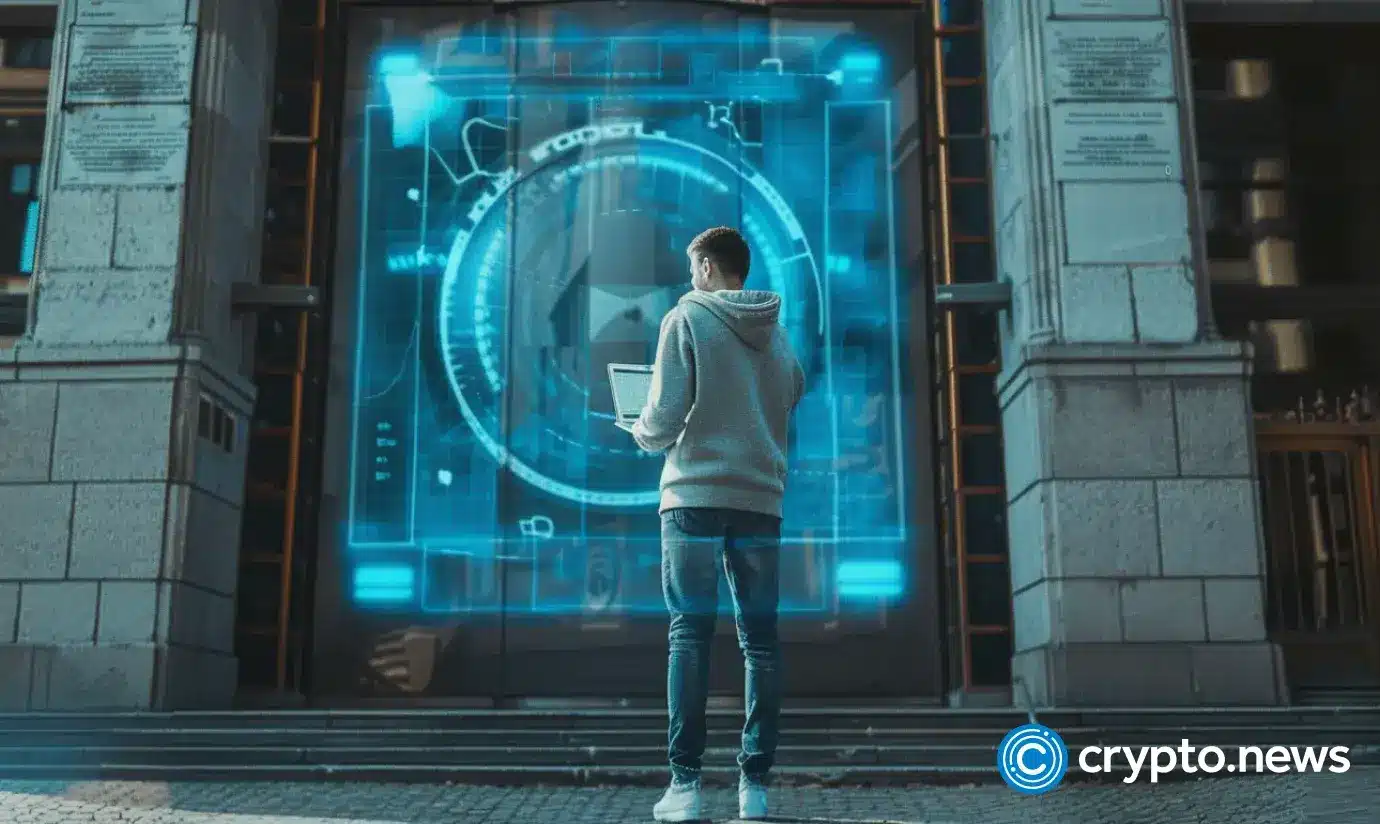
California-based crypto startup Space and Time has released a new high-performance ZK prover to improve on-chain transactions and defi growth.
Space and Time (SxT), a custom-built compute layer, granted public access to its sub-second zero-knowledge (ZK) prover stack, dubbed Proof of SQL. The ZK-proof system was previously made available to a few SxT clients in alpha last August.
ZK provers were necessitated by privacy needs, a cornerstone of cryptographic technology. The fundamental thesis of ZK models allows users to demonstrate that data or transactions are valid or true without revealing additional information.
Several web3 developers, including Ethereum’s Vitalik Buterin, have stressed the role of ZK stacks in building reliable decentralized finance (defi) ecosystems. The technology is viewed as crucial for ensuring safe on-chain interactions for smart contract protocols and end-users. However, ZK proofs have been known to sometimes slow down execution.
SxT co-founder and head of research Jay White, PhD, said his team developed the Proof of SQL program “so that smart contracts and AI agents can ask questions about a chain’s activity, as well as off-chain data, and receive back trustless SQL query results on-chain during a transaction without having to wait for 30 minute proof times.”
The web3 data warehouse said its Proof of SQL delivers better-optimized processing architecture for large-scale operations compared to generalized zk-Virtual Machines and co-processors.
According to SxT and White, the ZK prover executed queries for over 100,000 row tables in under one second on a single GPU united. The model can be integrated into zkVMs on blockchains like Ethereum (ETH) for faster speeds and bigger tasks.
Tổng hợp và chỉnh sửa: ThS Phạm Mạnh Cường
Theo Crypto News